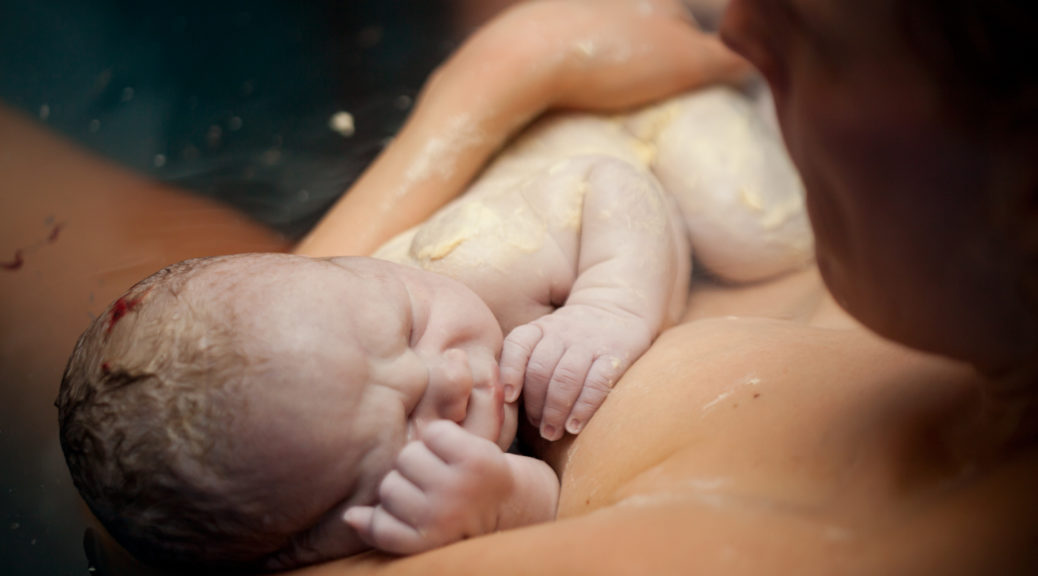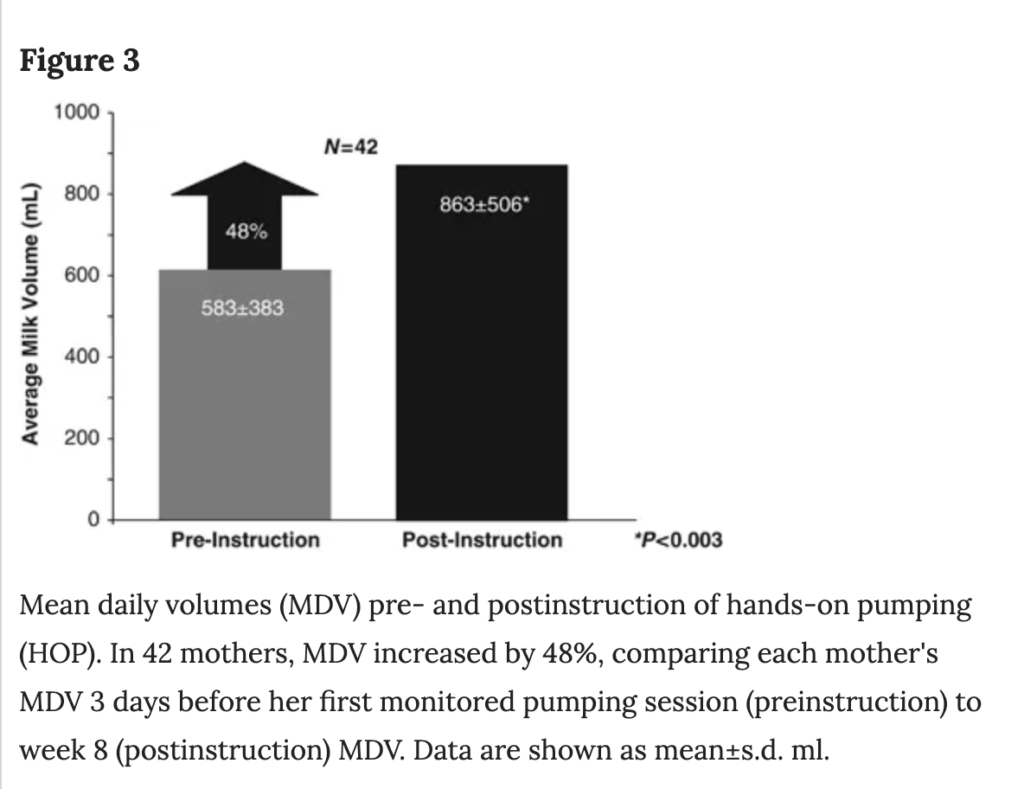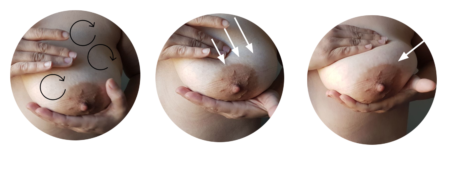
Maximizing milk production with hands-on pumping
The combined pumping technique (also known as hands-on pumping) is particularly useful when large quantities of expressed breastmilk and the maintenance of milk supply are needed. This is especially the case when the newborn is admitted to the hospital due to being preterm or some other pathology that makes it difficult to breastfeed directly and when milk production may decrease. Knowing the right tools to use in these situations can help the mother to be more efficient in expressing milk.
Dr. Jane Morton from the Department of Pediatrics at Stanford University School of Medicine in California has developed a detailed milk expression protocol that, in addition to achieving a stable upward curve in milk supply, has shown that this method appears to achieve an interesting change in the milk composition profile.
Morton’s hands-on pumping technique proposes a combined pumping process, combining mechanical expression with a breast pump and, finally, breast massage, manual expression. She conducted an investigation in which the following results were observed: the mothers who used her expression protocol obtained 48% more milk than those who did not use it. Furthermore, the obtained breastmilk contained twice as much fat, with a higher caloric density. In addition, the milk supply did not stagnate and continued to increase throughout the first eight weeks. In the mothers of the control group, who did not follow their protocol, there was a supply stabilization after four weeks of stimulation.

Protocol for the combined milk expression technique (Hands-on pumping)
- The extraction is started with a massage in both breasts, stimulating the areola and the nipple to stimulate the milk ejection reflex:

2. Start pumping with a double breast pump, preferably hospital grade, while performing breast compressions with the hands. It may be useful to use a pumping top so that the mother can have her hands free to perform breast compressions without having to hold on to the breast pump funnels.
3. Maintain the extraction with the breast pump while performing breast compressions until only drops of milk come out of both breasts.
4. Finally, complete the process with a final manual expression on both breasts (you can find more information in this video).
This procedure takes longer than the usual pumping process, lasting about 25 minutes on average. This is not usually an excessive amount of time for the women who perform it, but on the other hand, it allows them to obtain larger quantities of breastmilk, with more caloric value. This is essential in case of hospitalization to maintain optimal milk supply quantities and to ensure the maintenance of breastfeeding at discharge.
Before starting to carry out the combined milk expression technique, it is essential to explain the process to the mother and to give her time to try it with the support of an expert. Remember that the situation she may be going through at that moment makes the learning process difficult, and it will take time for her to acquire all the necessary skills.
References:
Morton, J., Hall, J. Y., Wong, R. J., Thairu, L., Benitz, W. E., & Rhine, W. D. (2009). Combining hand techniques with electric pumping increases milk production in mothers of preterm infants. Journal of perinatology : official journal of the California Perinatal Association, 29(11), 757–764. https://doi.org/10.1038/jp.2009.87